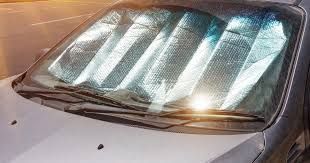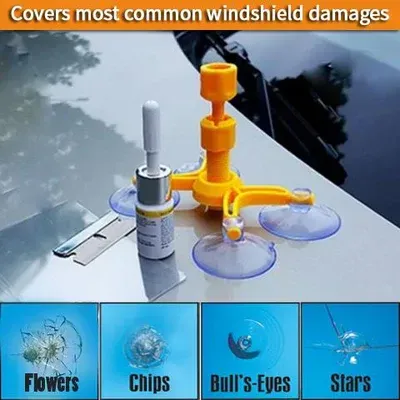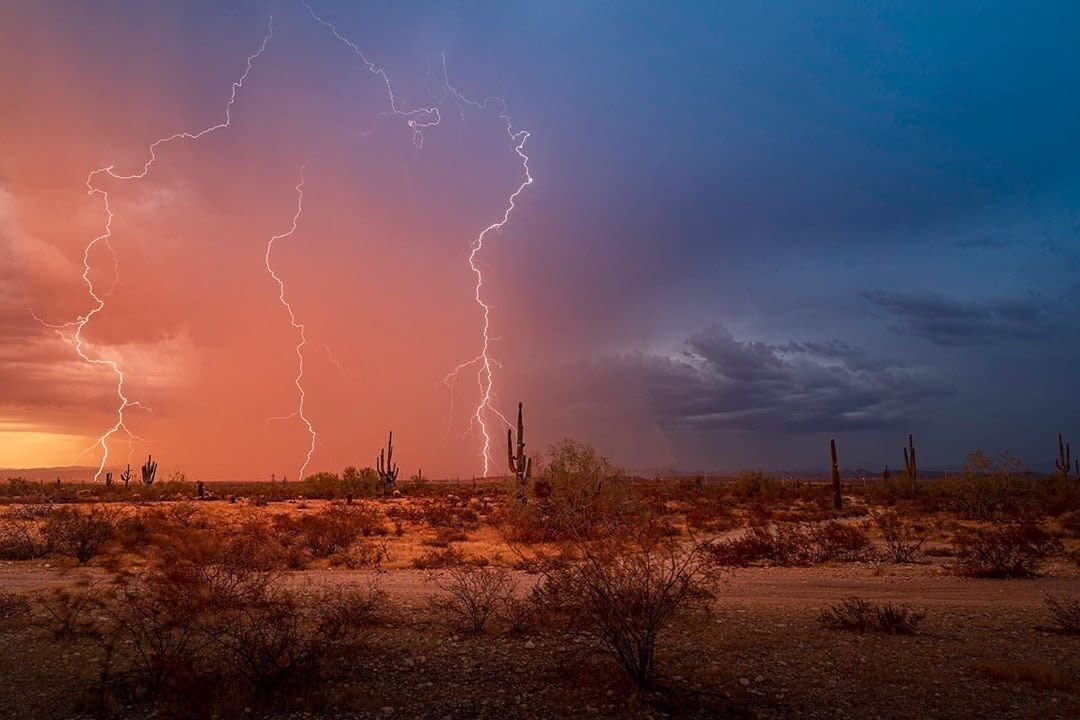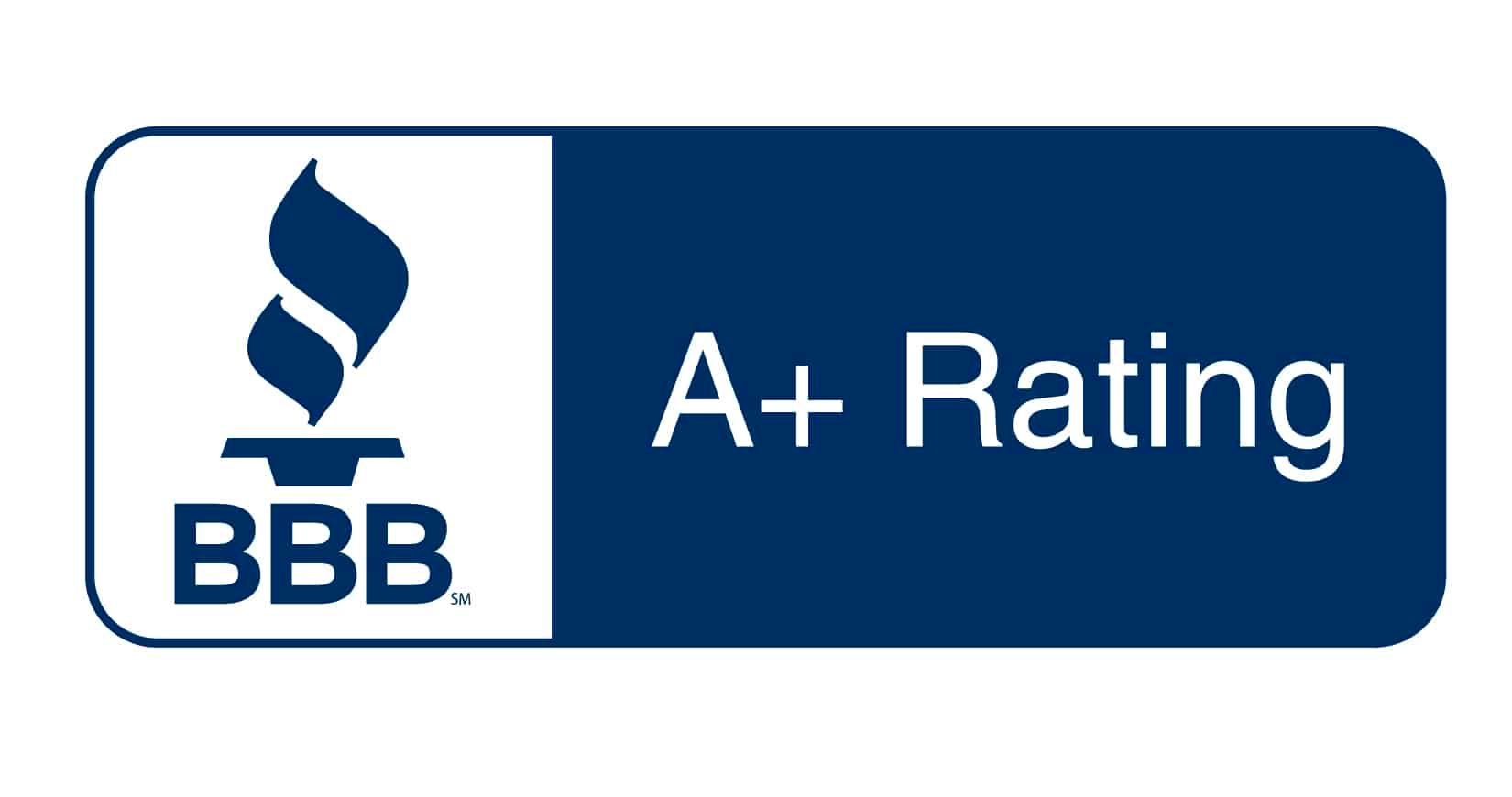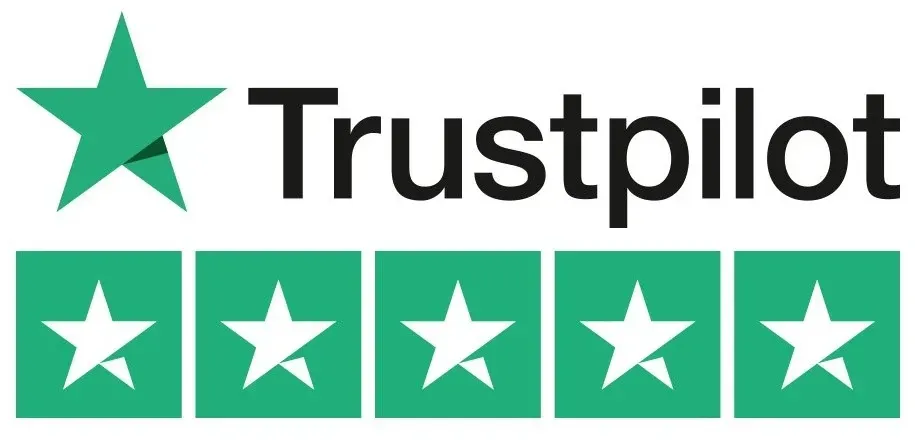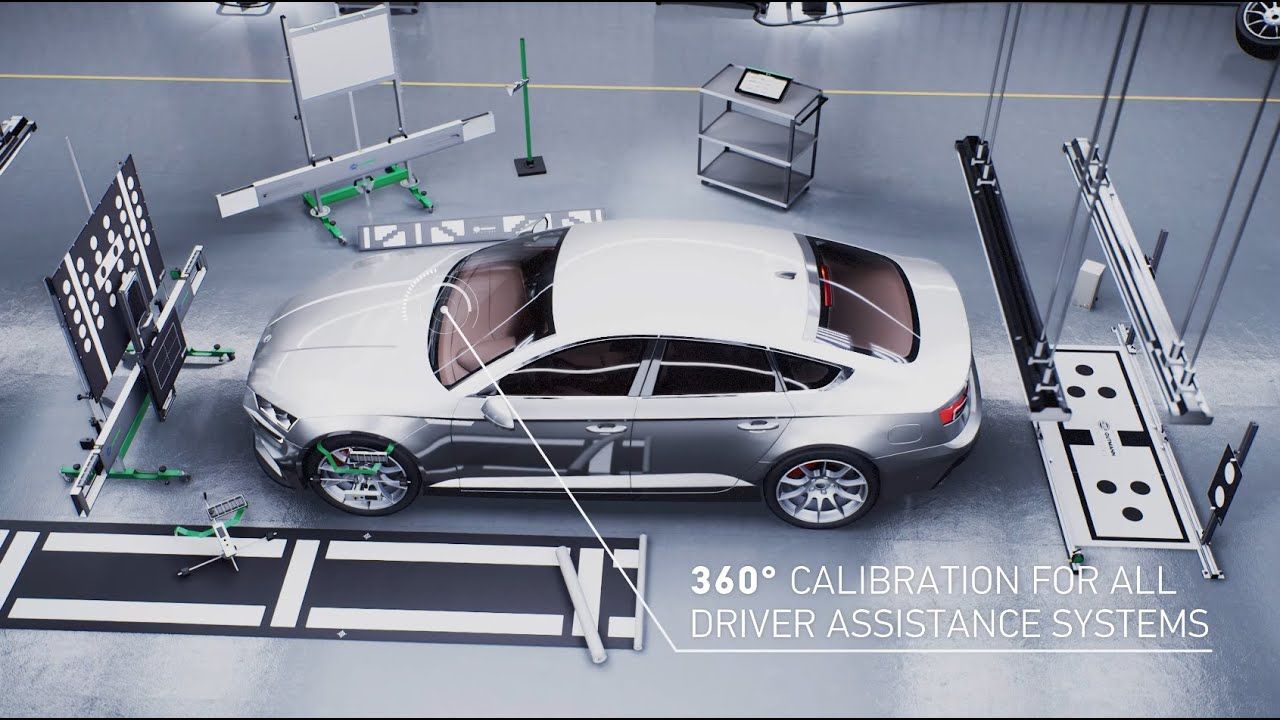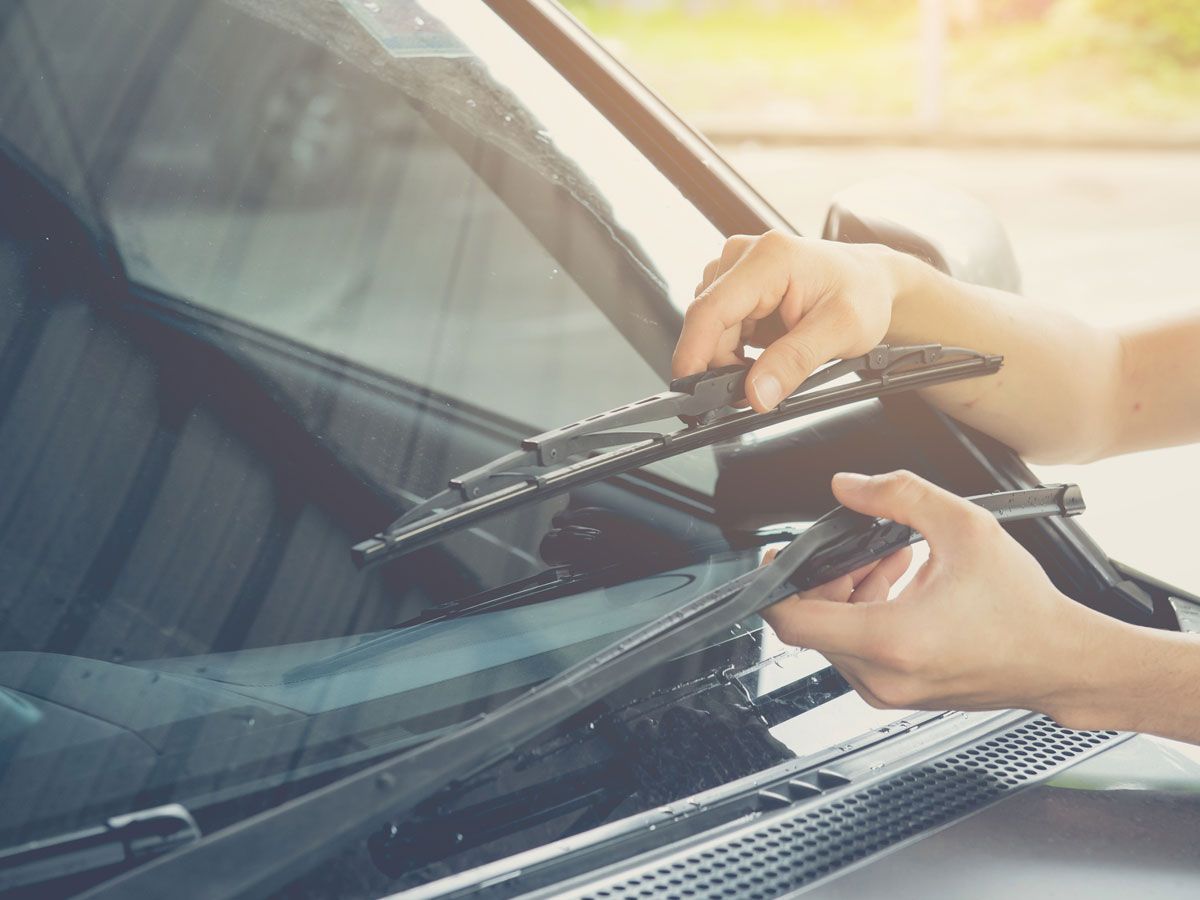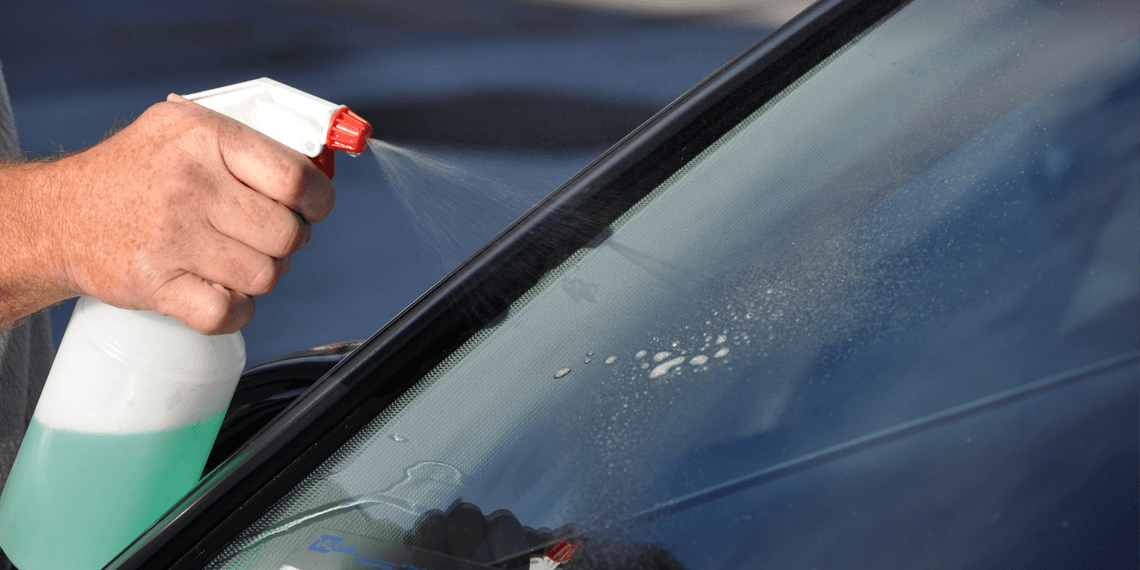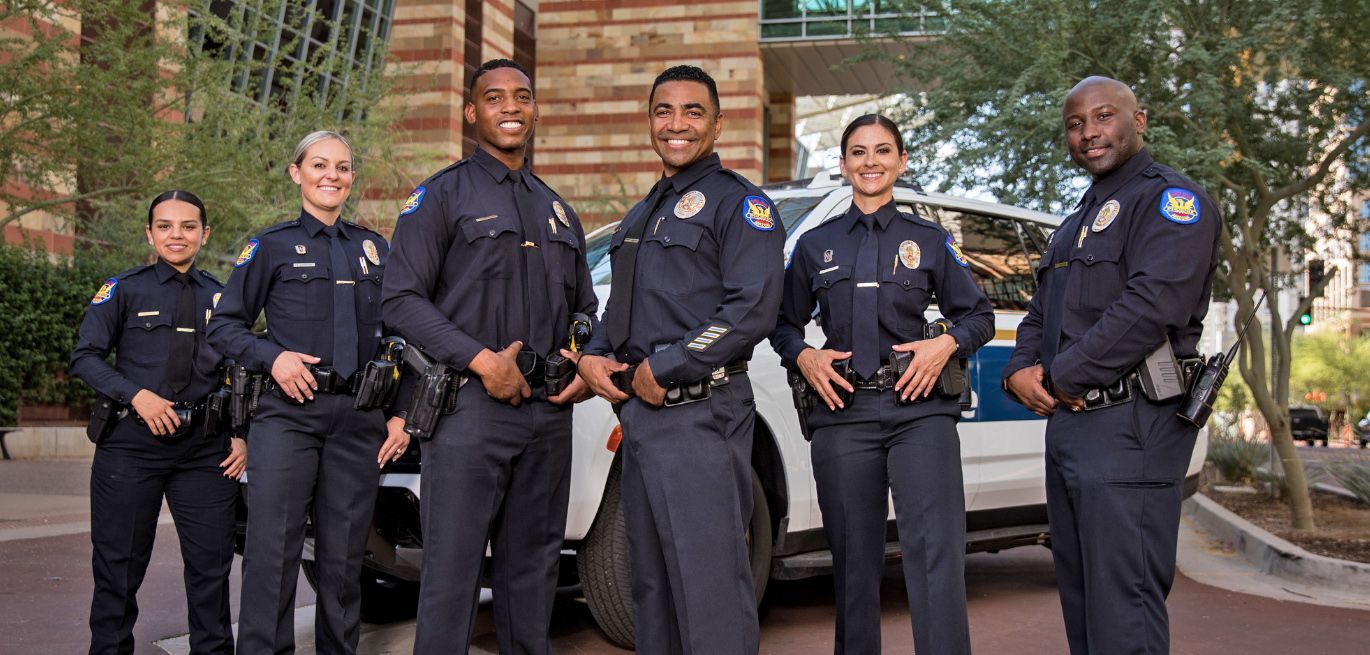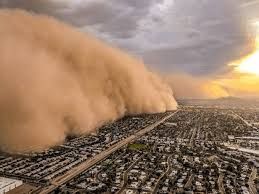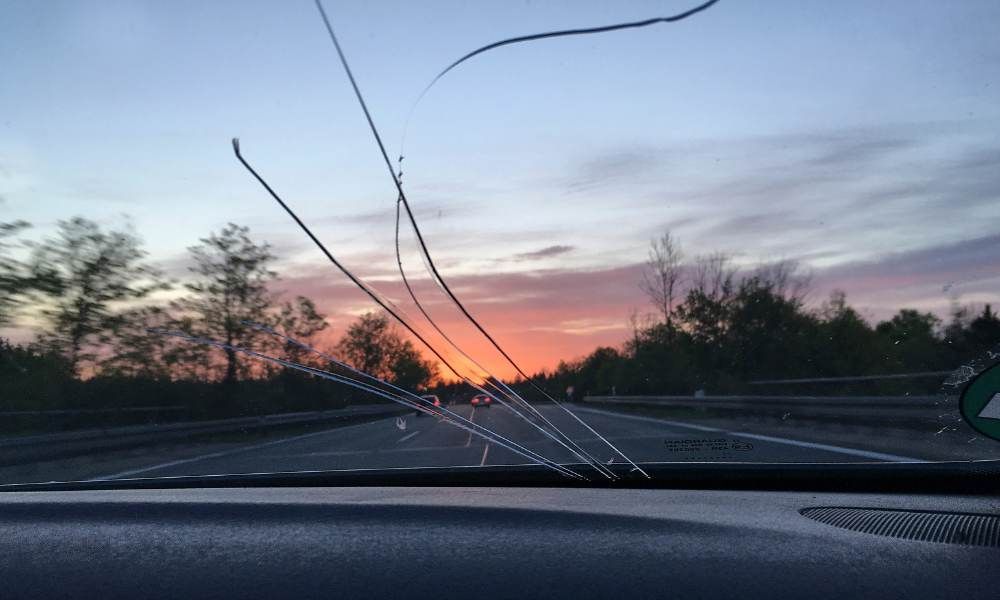Best Time of Year for Windshield Replacement in Arizona
Arizona’s climate presents unique challenges for windshield replacement, from extreme summer heat to seasonal dust storms. Choosing the right time for a replacement can help ensure the best results and longevity for your new windshield.
The Best Time of Year for Windshield Replacement in Arizona
Replacing a windshield in Arizona requires more than just scheduling an appointment. Arizona’s unique climate—intense heat, sudden monsoons, and dry desert air—affects how windshields are installed and how adhesives cure. Understanding the seasonal challenges can help you choose the optimal time for a windshield replacement while avoiding issues like poor adhesion, excessive curing times, or environmental damage.
How Arizona’s Climate Affects Windshield Replacement
Arizona has an extreme climate that can make windshield installation and curing more challenging than in other regions. Here’s how each season affects windshield replacement:
Spring (March – May): The Best Time for Windshield Replacement
- Mild temperatures (60-85°F) allow windshield adhesives to cure properly without excessive heat affecting their bond.
- Lower humidity levels reduce the risk of moisture interfering with adhesive curing.
- Less extreme sun exposure compared to summer means minimal glass expansion, ensuring a secure fit.
- Ideal for all windshield types, including those with ADAS (Advanced Driver Assistance Systems) sensors, which require precise recalibration after replacement.
🟢 Best for: All vehicles, including those with ADAS recalibration needs.
Summer (June – August): Extreme Heat Creates Challenges
- Arizona’s summer temperatures exceed 100°F daily, which can accelerate adhesive curing, sometimes leading to an improper bond.
- Windshields expand in extreme heat, which may cause fitment issues or premature wear.
- Risk of thermal stress fractures if a replacement is followed by rapid cooling (e.g., turning on the A/C immediately).
- Monsoon storms in July and August bring high winds, dust, and rain, which can interfere with installation.
🔴 Avoid midday appointments—schedule replacements early in the morning (before 10 AM) or late in the evening (after 6 PM) to allow adhesives to cure properly.
🟡 Best for: Emergency replacements only, with careful post-installation care.
Fall (September – November): Another Great Window for Replacement
- Cooling temperatures make fall similar to spring in terms of curing conditions.
- Less risk of monsoon storms or extreme temperature shifts, making it easier to keep the windshield clean and dry post-installation.
- Stable weather patterns provide good conditions for ADAS calibration and sensor alignment.
🟢 Best for: Windshield replacements requiring sensor calibration.
Winter (December – February): Manageable with Precautions
- Arizona winters are mild, but early mornings and evenings can drop to near-freezing temperatures.
- Cooler temperatures (30-60°F) slow down adhesive curing, requiring longer wait times before driving (typically 24 hours for full bonding).
- Low humidity reduces moisture interference, ensuring a proper seal.
🟡 Best for: Windshield replacements with extended curing time allowances.
| Temperature | Curing Time Before Driving | Ideal for Windshield Installation? |
|---|---|---|
| Below 50°F | 24+ hours (delayed bonding) | 🚫 Not recommended without special adhesives |
| 50-75°F | 1-4 hours | ✅ Ideal conditions |
| 75-95°F | 1-2 hours | ✅ Best conditions |
| Over 100°F | Under 1 hour (may over-cure) | ⚠️ Requires careful handling |
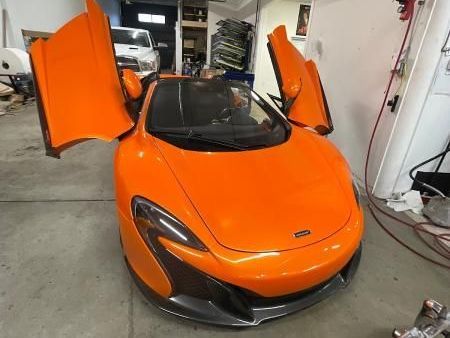
How to Ensure a Proper Windshield Replacement in Arizona
Regardless of the season, follow these best practices after getting your windshield replaced. Please wait the suggested curing time before driving (at least 1 hour, ideally 2 or more hours in the summer). Keep the windows slightly open for the first 24 hours to facilitate pressure equalization.
Refrain from using car washes or exposing the vehicle to direct water for a minimum of 24-48 hours to ensure the adhesive bonds completely. Avoid slamming doors or navigating on rough roads to prevent any shifting before the adhesive has fully set. Whenever possible, park in a shaded area to avoid heat expansion.
When Should You Replace Your Windshield in Arizona?
✔️ Optimal seasons: Spring (March-May) and Fall (September-November) offer the most consistent conditions for windshield installation.
⚠️ Most difficult season: Summer (June-August) presents challenges due to extreme heat, quicker adhesive curing, and the potential for glass expansion.
🟡 Winter is an option but necessitates longer curing times, particularly in the mornings and evenings.
If you need professional windshield replacement in Phoenix or anywhere in Arizona, contact Diamondback Auto Glass for expert service.
For more information on how Arizona’s heat affects windshields, check out How Arizona’s Extreme Heat Affects Windshields.
Get In Touch
(623) 335-4008
2755 W Chandler Blvd
Chandler, AZ 85224
United States
- Mon - Sun
- -

